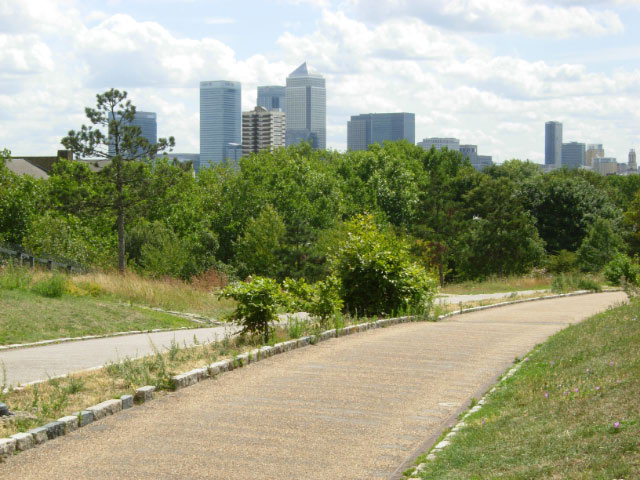Please see
I wrote a letter of objection along with local campaigners to oppose expansion plans by QMW, which would result in the demolition of a locally listed building. Fortunately, the Strategic Development Committee, on 05/11/2019 agreed with our concerns and turned down the application.
Below is to a copy of the letter of objection, I sent to members of the Strategic Development Committee:
By Email:
To: Members of the Strategic Development Committee
Dear Colleagues,
RE: Objection to Planning Application – PA/19/01422
In the whole, I welcome the application. However, my objections relate to 357 Mile End Road, which is integral to the Regents Canal Conservation Area and can be seen from Mile End Ward. I along with many residents of the ward, enjoy the walk along the regent’s canal on a regular basis, with 357 Mile End Road, along with the Pub (built around the same time) seen as an integral part of the Regents Canal experience and architectural feature.
This view is also supported by Historic England. Historic England’s statement that No. 357 is “of heritage significance and its loss will cause a high degree of harm to the character and appearance of the Regent’s Canal Conservation Area“.
This above view is also backed by historical records. The Gardners were not just coal merchants, they ran a fleet of coal and other barges from their long narrow wharf to the north; and No. 357 was built on the main road next to the c. 1818 bridge as the suitably impressive house (and offices) of a substantial canal barge operator on the newly opened Regent’s Canal. And, as you state at 12.19, it still has “links to the former Commercial Wharf and to the terrace to the east of it …” No. 357 Mile End Road is, in fact, the only surviving former canal barge operator’s house on the 8 3/4 mile long Regent’s Canal. Barges were repaired on Commercial Wharf and long concrete barge slipways are visible in the canal bank at low water. It does not matter that the “links to the former Commercial Wharf” are not publicly visible nor does it matter that the slipways are rarely seen. What matters is that this was not just a big house on Mile End Road, it was the public face of a long narrow canal wharf and an important base for the coal trade, which was the main trade on the Regent’s Canal. Clearly, No. 357 Mile End Road was as much “in keeping with” or “connected to” the Regent’s Canal as it was, and still is, to the Mile End Road.
This significance is enhanced by the fact that, at Twig Folly Wharf to the north, the Borough also possesses London’s only surviving brick-built barge builder’s building (adapted for residential use). Nor does it matter that the house “disappears from the maps …” (12.18). None of the London maps between c. 1827 and 1862 were as accurate as of the Greenwood’s Plan of c. 1827 and Stamford’s Map of 1862. On balance, it is more than likely that the property shown on the c. 1827 Plan and the 1867 Map is the present No. 357 Mile End Road, and that it was built c. 1820 by Thomas Gardner.
Historic England is also highly critical of the proposed new building (7.24, 7.25 and 7.26). Clearly, the “high degree of harm to heritage assets” (7.26) is such that the public benefits do not outweigh the loss of No. 357 Mile End Road and the harm to both the Regent’s Canal and Clinton Road Conservation Areas.
The grating of the application, in my opinion, will be the granting of an act of historic and architectural vandalism and goes against current planning policies and guidelines. Therefore I ask you to reject the application and ask the applicants to return with a new application which takes the above concerns into account.
With Regards,
Cllr Puru Miah
Mile End


Recent Comments